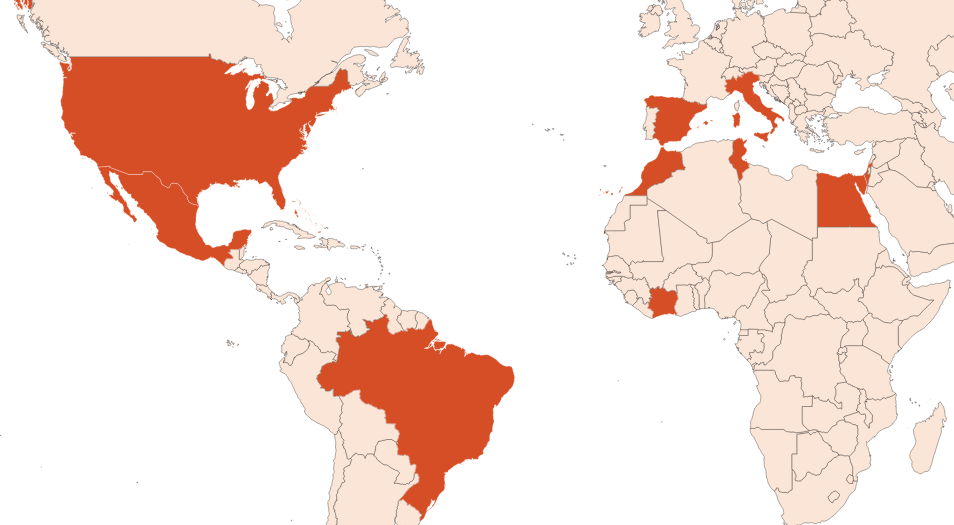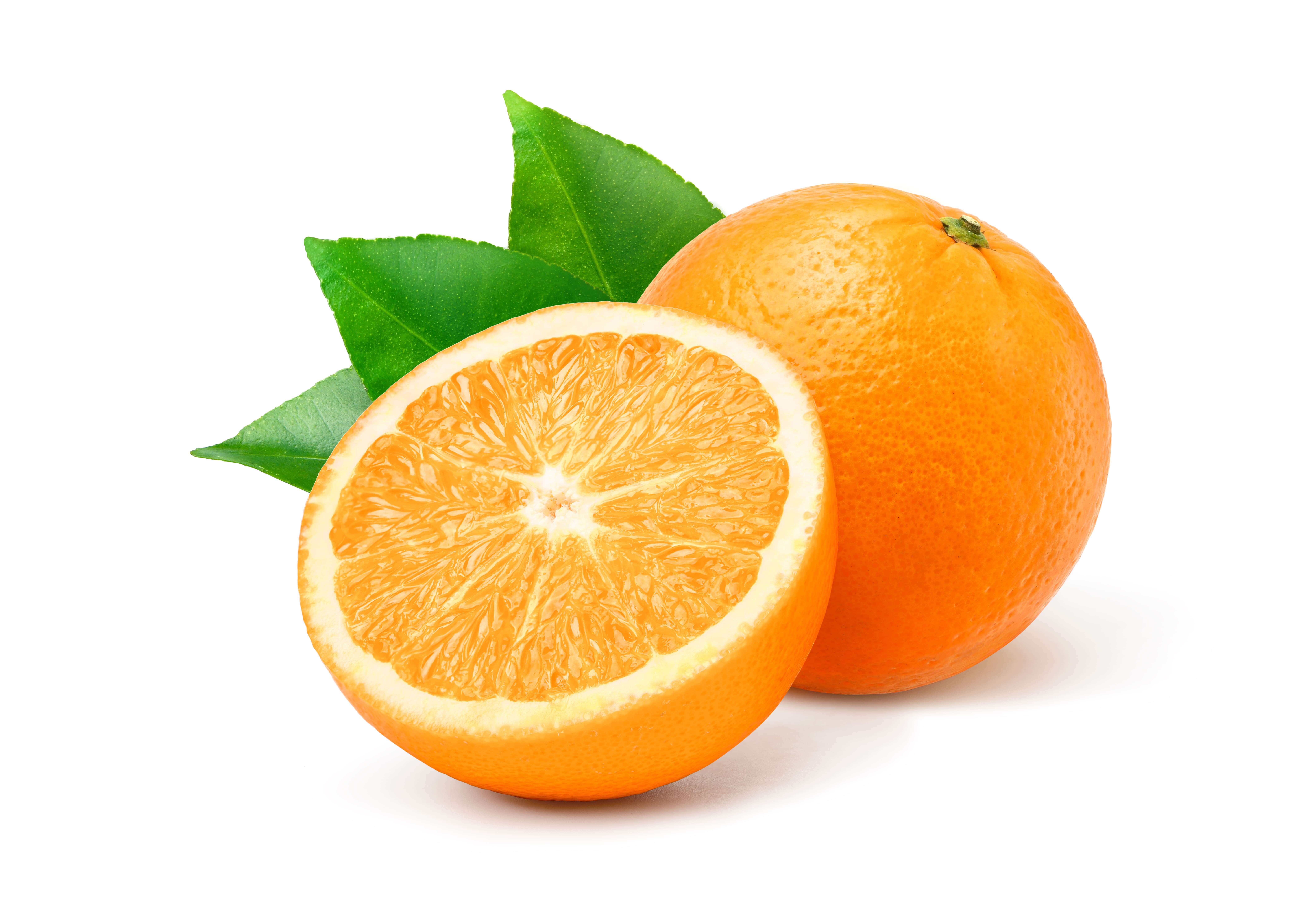| Company | Ingredient Name | ID | Comments | Naturality | Certifications | Purity | Latin name | Treated part | Geographical origin | MOQ |
|---|---|---|---|---|---|---|---|---|---|---|
|
|
Huile essentielle d'Orange douce - 30 gr | - |
Visit website
|
- | - | - | - | - | - | |
|
|
ORANGE Essential Oil | M_0020225 |
Visit website
|
Naturel | - | - | - | - | - | |
|
|
ORANGE Rectified Essential Oil | M_0055058 |
Visit website
|
Naturel | - | - | - | - | - | |
|
|
ORANGE Rectified Essential Oil | M_0050990 |
Visit website
|
Naturel | - | - | - | - | - | |
|
|
ORANGE DOUCE | B698 |
Visit website
|
Huile essentielle |

|
- | Citrus sinensis (L.) Persoon (CH.) | Zeste | Mexique | - |
|
|
ORANGE DOUCE | B694 |
Visit website
|
Huile essentielle |

|
- | Citrus sinensis (L.) Persoon (CH.) | Zeste | Brésil | - |
General Presentation
-
CAS N° : 8008-57-9
-
EINECS number : 232-433-8
-
FEMA number : 2825
-
Appearance : Orange liquid
-
Density :
-
Volatility : Head
-
Price Range : €
Physico-chemical properties
-
Optical rotation : Donnée indisponible
-
Vapor pressure : Donnée indisponible
-
Refractive Index @20°C : Donnée indisponible
-
Acid Value :
-
Flash Point :
Uses
Uses in perfumery :
Used in cologne perfumes in particular, and at the top of all types of perfumes. Its price does not require that this raw material is replaced by a synthetic material.
Major Components :
- D-Limonene (85-95%)
- Carveol (≈3%)
- Myrcene (≈2%)
- Aldehyde C-8 (≈0,5%)
- Aldehyde C-10 (≈0,1%)
- Aldehyde C-9 (≈0,01%)

Photo credits: ScenTree SAS
Botanical name :
Data not available.
Botanical profile :
The sweet orange is the fruit of the sweet orange tree, of the Rutaceae family and the Citrus genus.
Chemotypes :
The genus Citrus includes the vast majority of citrus fruits and includes a large number of varieties available in perfumery:
Bergamot - (Citrus bergamia) is a hybrid of lemon and bitter orange, grown for the essential oil of its fruit and petitgrain.
Bitter orange or bigarade orange - (Citrus aurantium), grown in Spain and Florida.
Citron - (Citrus medica), grown in Italy (Sicily).
Lemon - (Citrus limon), cultured in Italy for the essential oil of its fruit and of its leafy twigs (Petitgrain).
Combava - (Citrus hystrix), grown in Thailand and India.
Lime - (Citrus aurantifolia), grown for its fruit in Mexico for the most part.
Mandarin - (Citrus reticulata), grown mainly in Italy for its fruit and for its petitgrain, by extracting the leaves from the tree. Its hybrid with sweet orange gave birth to clementine.
Orange - (Citrus sinensis) is famous for the cultivation of its fruits, whose juice and essential oil are extracted in Brazil and California in particular, which is the most used of all perfumes.
Grapefruit - (Citrus paradisii) of Malay origin, is cultivated for its essential oil in Brazil and Israel in particular.
Yuzu - (Citrus junos), produced in Japan and Korea.
Extraction process :
The sweet orange tree is a shrub that can reach 10 meters high and whose fruits are about ten centimetres in diameter.
The harvest is mechanized: a tractor passes between the rows of trees, shakes them to make the fruits fall and take them to the factory in its receptacle. The fruits are sorted mechanically and washed. The pulp and zest are separated to obtain the juice and the essential oil separately.
The extraction is done in the sfumatrice, pricking the zest to extract the aromatic compounds. The essential oil is carried away by a stream of water to be centrifuged, in order to separate the oil from the water and the debris from the peel.
The yield of the essential oil of bitter orange is between 1 and 2%.
In addition, an orange juice concentration gives an ''Oil phase '' essential oil. After the extraction of the juice and the essential oil, the leftovers of the fruit, which are called ''molasses '', allows to collect D-limonene by distillation. Finally, a fractional distillation of the essential oil allows to separately collect an orange terpenes EO and a deterpenated EO (the percentage of deterpenation is specified) which concentrates the essential oil aldehydes, for more power.
Other comments :
It is the most produced essential oil in the world, with a production approaching 50,000,000 tonnes in 2013/2014. This figure is mainly due to the high demand for orange juice. As the juice is isolated during the essential oil extraction, the tonnages are logically very important.
The fruit harvest mainly takes place in Brazil and Florida, as the climate is favourable.
Orange essential oil is the main source of natural D-Limonene.
Citrus currently suffer from a disease called ''citrus greening ''. This disease is deadly for citrus fruits and no treatment exists. It is transmitted by a vector insect that attacks young shoots: the psylla. This results in the premature death of many trees and therefore the decline in the general production of the essential oil and its quality (reduction of the D-Limonene level).
Stability :
Solubility issues in perfumes
Citruses tend to fade through time in perfumes
Limonene tends to convert into Carvone through time, and to give a minthy note to the oil
Regulations & IFRA
Allergens :
IFRA 51th :
This ingredient is restricted by the 51th amendment
Annexe I :
Some regulated synthetic ingredients are found in nature and in certain proportions in natural ingredients. This presence in nature has to be taken into account when calculating limits of use recommended by the IFRA. In case you do not know these concentrations, you can use the ones estimated by the IFRA. Here they are :
| List of regulated compounds contained in this ingredient | ||
|---|---|---|
| Regulated ingredient name | CAS N° | Estimated Concentration |
| Citral | 5392-40-5 | 0,15 |



